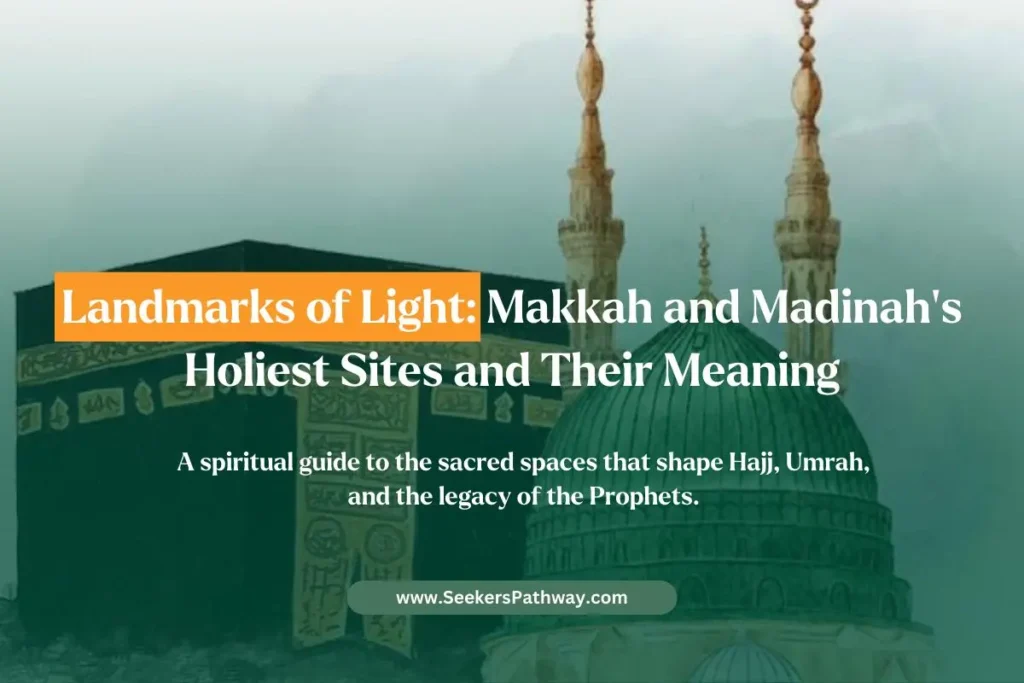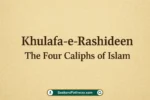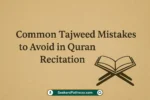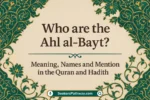Makkah and Madinah are not just places, they are dynamic sanctuaries of history, revelation, and divine mercy. There is a story of the Prophets in every stone, in every well, in every corner; the story of Prophet Ibrahim (AS), of Hajar (AS), and the Prophet Muhammad ﷺ. These are not just rest stops that every pilgrim makes in performing Hajj or Umrah; these are stations in remembrance, submission, and reflection.
8 Key Landmarks of Makkah and Madinah Every Muslim Should Know
1. Maqam Ibrahim (The Station of Abraham)
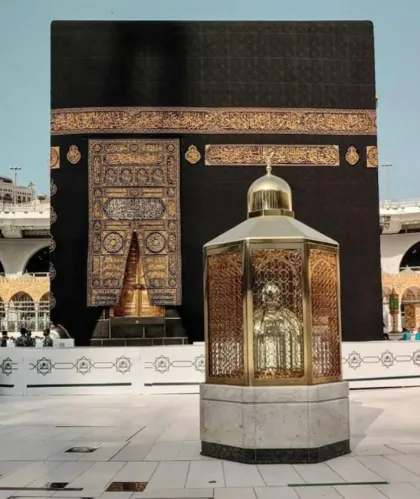
What it is: A stone in the Kaaba that contains the footprint of Prophet Ibrahim (AS), when he was building the Kaaba.
Why it’s important:
“Take the Maqam of Ibrahim as a place of prayer.”
(Surah Al-Baqarah 2:125)
- The stone is a symbol of Ibrahim’s obedience and devotion to Allah.
- Pilgrims are recommended to pray two rak‘ahs behind Maqam Ibrahim after Tawaf.
Where is it? Directly behind the Kaaba, its right side faces the Black Stone.
2. Hajar al-Aswad (The Black Stone)
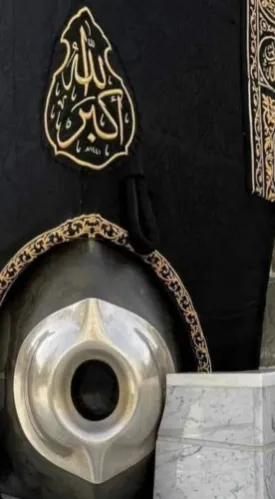
What it is: A holy stone set on the eastern side of the Kaaba. Some scholars say it is from Jannah (Paradise).
Why it’s important:
- The Prophet ﷺ kissed it and said:
“By Allah, I know you are only a stone, but were it not that I saw the Messenger of Allah kiss you, I would not have kissed you.”
(Sahih al-Bukhari)
- Pilgrims start and terminate each circuit with a finger pointed or a kiss towards the Hajar al-Aswad.
Where it is: Fixed in the corner of the Kaaba known as al-Rukn al-Aswad.
3. Rukn al-Yamani (The Yemeni Corner)
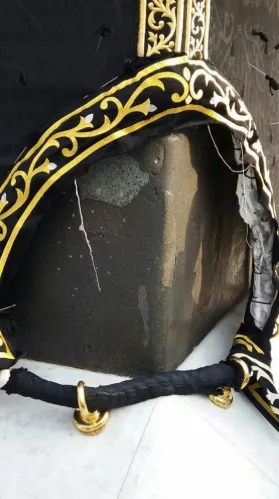
What is it? The corner of the Kaaba, right before the Black Stone, which is on the Southern side.
Why it’s important:
- The Prophet ﷺ used to touch it during Tawaf but did not kiss it.
- Between this point and Hajar al-Aswad, he would often recite:
“Rabbana atina fi’d-dunya hasanah wa fi’l-akhirati hasanah wa qina ‘adhaban-nar.”
Where is it? Just across from Rukn al-Shami near the Kaaba’s entrance.
4. Safa and Marwa
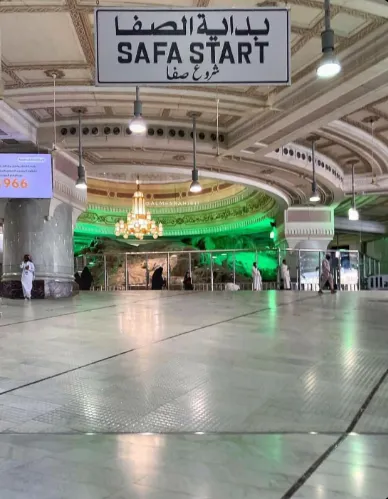
What they are: Two small hills in Masjid al-Haram. Hajar (AS) ran between them in the quest for water for her nursing son Isma’il (AS).
Why they’re important:
- Sa‘i (the walking back and forth) between Safa and Marwa is a pillar in Hajj as well as in Umrah.
- Representing toil, faith, and the grace of God, the well of Zam Zam sprang from the spot.
“Indeed, Safa and Marwa are among the symbols of Allah.”
(Surah Al-Baqarah 2:158)
5. Zamzam Well
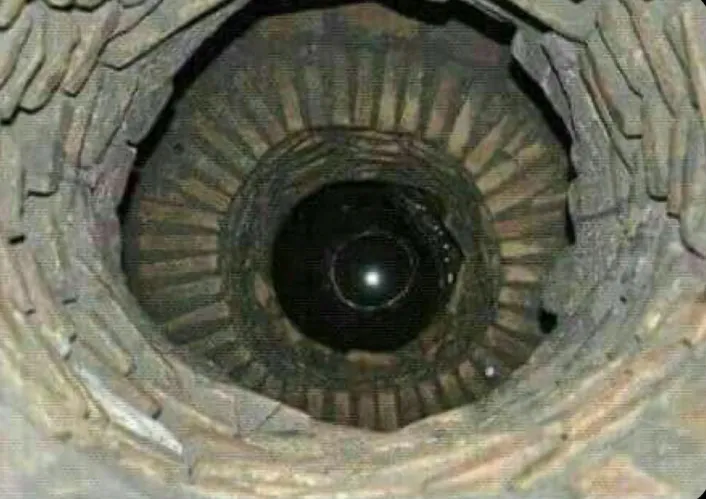
What it is: A miraculous well that Jibreel (AS) struck the earth from under Isma’il (AS)’s heel and spurted water.
Why it’s important:
- The purest water on Earth, it is Sunnah to drink Zamzam, and the Prophet ﷺ praised It is a cure.
- Pilgrims drink it abundantly during Hajj and Umrah.
Where is it? On the eastern side of the Kaaba, inside Masjid al-Haram.
6. Miqat (Ihram Boundaries)
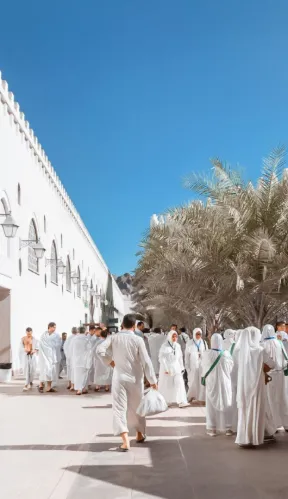
What it is: The geographical boundary beyond which pilgrims come to the state of Ihram in the intention of Hajj or Umrah.
Why it’s important:
- To cross Miqat with the intention of pilgrimage without Ihram is not allowed.
- Specific Miqat for the pilgrim depending on his route (Dhul-Hulayfah, Qarn al-Manazil, Yalamlam, etc.)
“And Hajj to the House is a duty owed to Allah by people who are able to find thereto a way.”
(Surah Aal-e-Imran 3:97)
7. Rawdah- E- Rasool ﷺ (in Madinah)

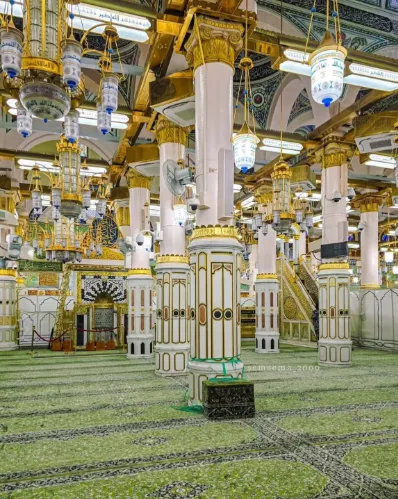
What it is: The area between the minbar and the burial place of the Prophet Muhammad ﷺ.
Why it’s important:
- Known as Rawdah min Riyadh al-Jannah (a garden from the gardens of Paradise).
- The Prophet ﷺ said:
“What is between my house and my pulpit is a garden from the gardens of Paradise.”
(Sahih Bukhari)
Where is it? Inside Masjid an-Nabawi in Madinah.
8. Masjid al-Haram & Masjid an-Nabawi
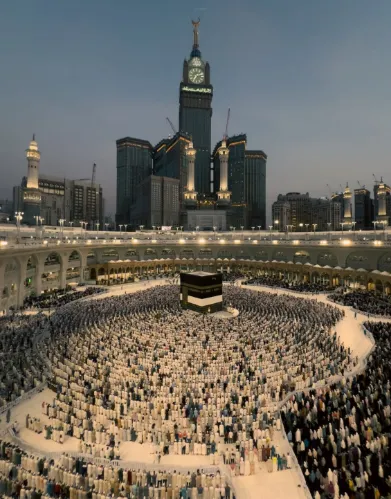
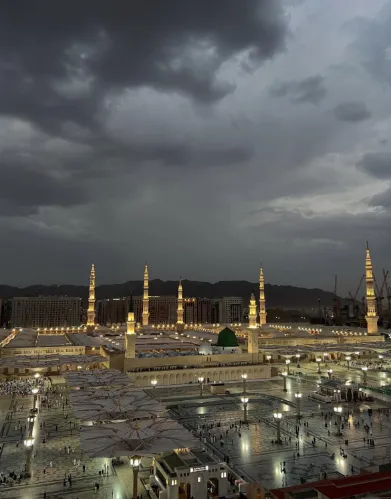
What they are: The two holiest mosques in Islam, located in Makkah and Madinah, respectively.
Why they’re important:
- Masjid al-Haram contains the Kaaba, the direction of prayer for all Muslims.
- Masjid an-Nabawi houses the grave of Prophet Muhammad ﷺ.
- There‘s a great reward for offering Salaat in both mosques:
- 1 Salah in Masjid-al-Haram (Ka’aba) = 100,000 Salah in any other mosque.
- 1 prayer in Masjid an-Nabawi is equivalent to 1,000 prayers in any other place.

Conclusion
Every inch of Makkah and Madinah is sacred, not by stone and sand, but by what happened there, moments of revelation, sacrifice, divine mercy, and unrelenting faith.
- When you walk between Safa and Marwa, you walk with Hajar (AS).
- To stand at Maqam Ibrahim is to reflect upon the legacy.
- Kissing Hajar al-Aswad is like kissing a part of Jannah.
- To taste Zamzam is to believe in a miracle out of faith.
- Prayer in the Rawdah is standing at the place where the Prophet ﷺ used to stand.
These are not just rituals, they are acts of remembrance, designed to awaken the soul and anchor the heart in the story of Islam.
